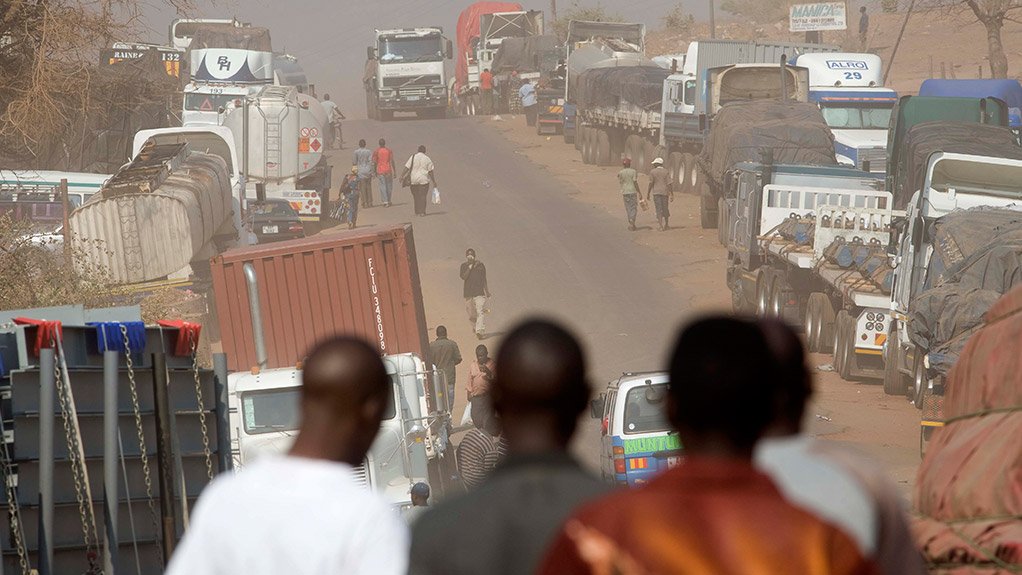Africa is expected to become the second fastest growing region in the world by 2025, with gross domestic product of $4.5-trillion, analysis by Frost & Sullivan shows.
In a video report on the ‘Mega Trends in Africa’ Frost & Sullivan executives noted that urbanisation, mobility, infrastructure, natural resources, telecommunications investments and inter-regional trade, were all untapped opportunities that contributed to the continent being the last growth frontier.
It was expected that close to half of the continent’s population would live in large cities and that 58% of its population would be of working age, between 15 and 64, in 2025. If this trend continued for the next 20 years, Africa would have the highest labour population, surpassing that of China and India.
“The growth rates promised by Africa are second to that of South East Asia at the moment. The big advantage that Africa has, is the lack of infrastructure and the lack of legacy systems because our ability to leapfrog technologies and get access to that growth much sooner than, for instance, South East Asia had the ability to do, is significantly better,” Frost & Sullivan Africa operations director Hendrik Malan noted.
Some of the key trends the company found in its analysis included the fact that Africa would have “tremendous market potential” for firms operating in the digital currency space.
By the end of last year, there was an estimated one-million Bitcoin wallets in Africa, with nearly one-third of Kenyans using the service.
Online retail would, meanwhile, grow significantly in the next five years to account for nearly 7% of total retail sales in Africa in 2025. Nigeria, South Africa, Egypt and Kenya were emerging as the top markets for online retailing in Africa.
Energy demand would also grow to 930.4-million tonnes of oil equivalent in 2025, which is more than double the current demand, with the mining and minerals industry being the bulk consumers of energy.
Additionally, Africa would grow from its current nascent stage to an emerging renewable-energy hub with a substantial compound annual growth rate of 8%, while trade volumes were likely to grow threefold by 2030.
East Africa was projected to have the highest growth in trade volume, driven by improved transportation infrastructure. The proposed free trade area between the Southern African Development Community, the Common Market for Eastern and Southern Africa and the East African Community was expected to drive imports up by an average of 60% by 2020.
EMAIL THIS ARTICLE SAVE THIS ARTICLE
To subscribe email subscriptions@creamermedia.co.za or click here
To advertise email advertising@creamermedia.co.za or click here











